Why Parental Engagement is Critical to Children’s Wellbeing
Research tells us that if parents and carers are actively involved in their children’s learning and activities at school, they will be more likely to thrive both in terms of academic performance and also in their general wellbeing. When a systemic approach is taken, which is where families, teachers and support staff work together, children can be supported more effectively to reach their full potential and to get back on track when problems arise. Addressing emotional, behavioural and mental health difficulties in this way benefits the individual child and their family and also has a wider positive impact on other children and staff in the class and the school community. Schools and parents or carers are the two main educators that children have in their lives. Both have crucial roles to play in a child’s engagement and achievement in school, and the impact is greater when they work in partnership. Therefore, it is important that the school ethos is one that values the importance of a child’s environment, family situation and key relationships.
At Dulwich College Shanghai Puxi, our core values are “Aim high. Work hard. Be Kind and Respectful. Make a difference”. We have high expectations for our students and they, in turn, have high expectations for themselves. We take pride in not only our rigorous academic program, but also in the wide range of enrichment opportunities on offer to our students, such as co-curricular activities and residential trips. This helps to develop the skills and character traits they require for the 21st century, in order to have good wellbeing. In a study by Bostani (2014), they concluded that there is a direct correlation between positive mental health and academic success; so it is truly in the best interest of educators and families to develop an ethos and program which positively impacts student’s mental health.
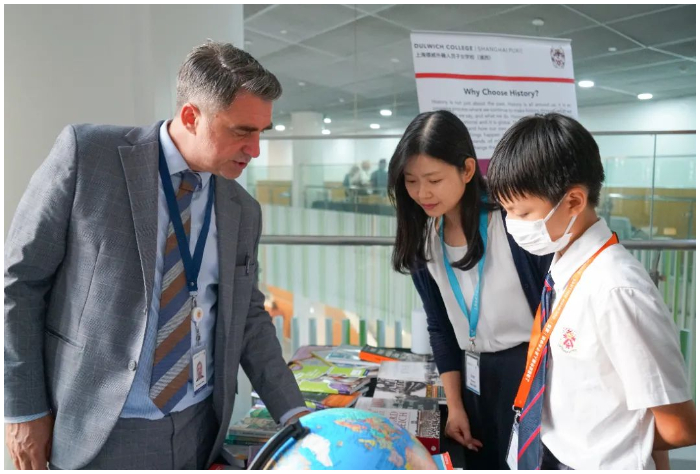
What is wellbeing?
————
Aristotle once wrote “Happiness is the meaning and purpose of life, the whole aim and end of human existence”. Whilst there are variations in the way that wellbeing is defined, there are key themes, common traits and observable qualities that emerge when discussing wellbeing. There is some emerging consensus that childhood wellbeing is multi-dimensional, and should include physical, emotional and social wellbeing – it should focus on the immediate lives of children but also consider their future lives (Statham and Chase, 2010). Rees et al (2010), agrees that wellbeing is a way to describe the quality of people’s lives. Rather than being static, wellbeing emerges from how people interact with the world around them at different points in their lives. There is a shared acknowledgement that wellbeing relates to good mental and physical health, the ability to manage emotions productively and capability to experience feelings of happiness and satisfaction. Many scholars deduce that wellbeing is a journey, and not simply a destination. It is important to consider children’s own views when it comes to their wellbeing, and this is something that is taken seriously at Dulwich College Shanghai Puxi. The Good Childhood Inquiry (Layard and Dunn, 2009), asked students what they felt wellbeing was and for themes that correlated with having a ‘good life’. These were defined, by children, as:
School, Education and Learning
Their own behaviour
Family
Friends
Leisure Opportunities
Their local (physical) environment
Their local community
Money
Their own attitudes
Health – particularly mental and emotional aspects of health
These 10 areas of importance for young people are reflected in our approach at Dulwich College Shanghai Puxi. We take student voice seriously, and this is demonstrated in the opportunities students have to give their thoughts and opinions, as well as the Student Leadership positions that are available.
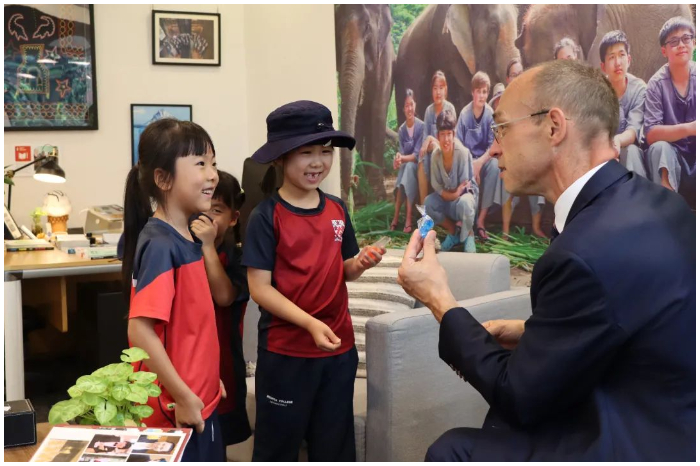
The theory of wellbeing
————
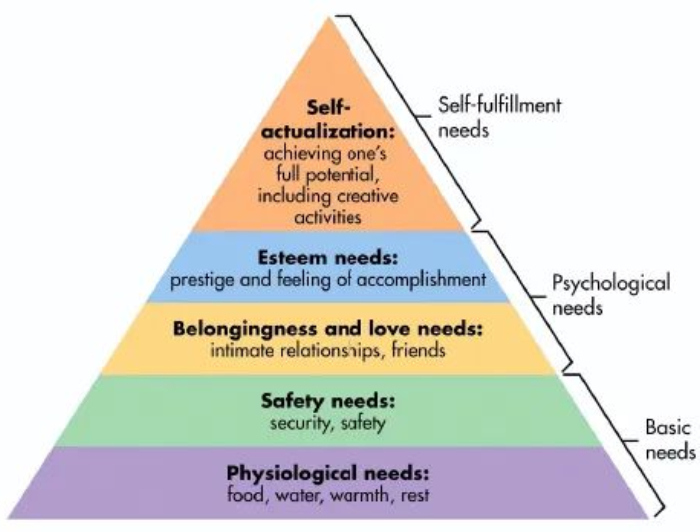
American Psychologist Abraham Maslow gave us a terrific definition of our species many years ago when he constructed his hierarchy of needs – ranking a person’s capacity to act, think and prioritise based upon the meeting of their most basic to more philosophical needs. A person’s capability to do this directly impacts on their overall wellbeing. There are five main levels to Maslow’s hierarchy of needs. These levels begin from the most basic needs to the most advanced needs. Maslow originally believed that a person needed to completely satisfy one level to begin pursuing further levels but is it now thought that these areas can overlap, and people can still work on a lower level, whilst working to achieve a higher level.
Physiological needs are the lowest level of Maslow’s hierarchy of needs. They are the most essential things a person needs to survive, that parents provide their children with. They include the need for shelter, water, food, warmth, rest, and health. On a simpler level we all know that when we don’t sleep well, we are never going to be our best selves, capable of the most compassion and the most creativity. We have to satisfy those basic needs first.
Schools play an important role as we approach the middle of the pyramid, in helping students to feel safe, like they belong and are appreciated and valued. Our school is a unique and warm community in which every child is seen and known for their specific skills and interests – one of the true privileges of working in a small educational community – and our House System provides a further level of support belonging and mentoring to help student feel safe, to feel a friend, and to be recognized. Fredriksen and Rhodes (2004) built upon this by concluding what a crucial role teachers must play in wellbeing, in that by building good relationships with the students, they open a pathway to motivated, happy young people who have the ability to achieve academic excellence. This is displayed at our school by our ethos that the student is at the centre of everything we do. Staff seek out opportunities to build relationships with students by having open door policies, where they are approachable at any time to talk. Our university and guidance counselor, Mr. Zarate, provides both whole class, small group and one on one sessions with students and coaches them through any worries or concerns they may have. He also provides guidance regarding lesson options, friendships and exam stress.

We firmly believe that if a child is feeling safe and secure, that this will benefit other aspects of their life, such as academic achievement, having a sense of purpose and the ability to form healthy relationships. In pedagogy, the holistic approach refers to the development of the whole student, underlining all the dimensions in which students can learn and grown as an individual, for example, cognitive, social, emotional and spiritual dimensions (Tirri, 2011). This approach faces such dimensions as interdependently relevant to the well-being, healthy development, and success of the student and carries the notion that each student is the expert that guides their own learning process in life (Ricci and Pritscher, 2015). The adoption of a holistic approach in education requires, consequently, a role re-conceptualization of both teachers and parents. Holistic education is described by Lauricella and MacAskill (2015) as an approach that provides students with the “necessary skills and tools to succeed in environments beyond the confines of a classroom”. It is important that the skills and knowledge we teach within schools is transferrable, as this will minimize stress for young people when transitioning into the wider world, and allow them to be confident and resilient young people, capable of achieving their full potential. We continually allow time to provide holistic curriculum opportunities for students to develop their essential life skills; those skills they need to graduate ‘Worldwise’. High profile education reformers such as Sir Ken Robinson have called for the education system to personalise teaching in this way to reach students individually, rather than treating the education system as a linear process which expects students to all learn and participate in the school community in the same way. This approach allows students to feel respected and confident, and to feel like they belong, which lead the way to building self-esteem and achieving self-actualization.
At Dulwich College Shanghai Puxi, we encourage the students to be each other’s biggest supporters, and inspire children to form bonds and have a sense of belonging. An example of this is that the students are sorted into one of four Houses by a sorting hat when they first start at Dulwich! It is an enjoyable experience for the children, and throughout the year they take part in various competitions and team building activities in their houses that strengthen this bond. Activities such as this really benefit a student’s wellbeing and help them to understand that they have a support system they can rely on within our community.
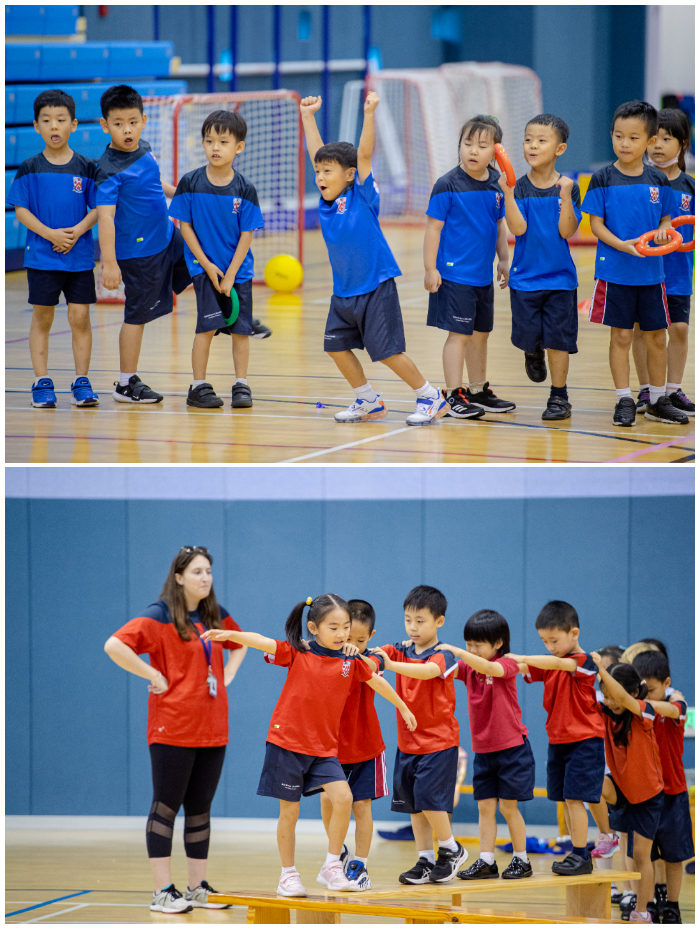
The science behind wellbeing
————
We believe that if a child is feeling safe and secure, this will benefit other parts of their life, such as academic performance, having a sense of purpose and the ability to form healthy relationships. The key to these skills begins in early childhood. The architecture of the brain is such that the development of wellbeing is shaped by experiences and can, in fact, be explicitly taught. The more opportunities children have to strengthen their emerging wellbeing dispositions, the stronger the neural pathways become and the set of cognitive and social capabilities that underpin wellbeing develop. Neuroplasticity of the brain is greatest in the early years of life. Early secure attachments build the foundation that enables a child to feel safe and secure. Therefore, as they move through life, they are more likely to take risks, develop strategies and resilience and build successful relationships with others in their community. It is central to our approach that teachers build relationships of trust and respect with every student, which allows students to feel their voice is heard and meaningful.
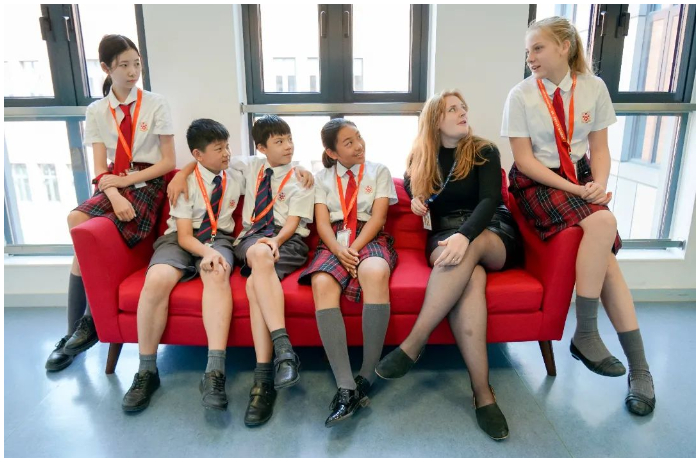
Parent and School Collaboration
————
It is clear that through the array of definitions and areas within wellbeing, that both parents and schools play a crucial role in supporting a child to have good wellbeing. Parents play a critical role in not only providing learning opportunities outside of the classroom, but in providing a safe and secure environment for children to truly be themselves and to flourish emotionally, socially and mentally. Beyond educational achievement, parental engagement is associated with various indicators of student development, which include:
Better social skills
Improved behaviour
Ability to adapt is better
A greater sense of personal competence
Better ability to manage their emotions
Able to make decisions and problem solve
Be autonomous and independent
The purpose of parental engagement is to enhance their child’s overall wellbeing as well as to promote academic achievement. Education can benefit children through the development of capabilities such as self-regulation, self confidence, resilience, determination and aspirations for future success (World Bank Group, 2011; AIHW 2009). A positive educational experience contributes to a child’s social and emotional development, including ‘the ability to identify and understand one’s feelings, accurately read and comprehend emotional states of others, manage strong emotions ad their expression, regulate one’s behaviour, develop empathy for others, and establish and sustain relationships’ (AIHW, 2009, p.60). Together, these characteristics contribute to a child’s ability to achieve academically, but also to become a kind, empathetic and robust person.
Through life, some children and families have additional pressures impacting on their capacity. Examples of this could be loss, friendship or family issues, or experiencing significant adversity and hardship. It is important that, as a College, we have systems in place so that we are prepared to support our students and families, where there is a possibility of a loss of wellbeing. In Senior School, students access ASteer, a proactive pupil voice safeguarding tool which tracks students’ wellbeing and mental health. The information ASteer gives us, allows us to put measures in place, such as counselling or access to external services. We work closely with United Family Hospitals as well as having an in-house Social and Emotional Counsellor and a University and Guidance Counsellor. These people and resources play an important part in monitoring and supporting our student’s wellbeing, as well as giving them strategies to support if they have a loss of wellbeing. Responsive relationships nurture, regulate and provide protective factors in supporting children’s wellbeing, resilience and learning capabilities. It is crucial to develop relationships with not only children, but also their families. Collaborative partnerships between College and parents are essential as families are the primary influence on children’s wellbeing. We support our parents by offering workshops, coffee mornings, Parent Teacher Conferences and Check-In’s to close the circle around the child, building a strong network of support.
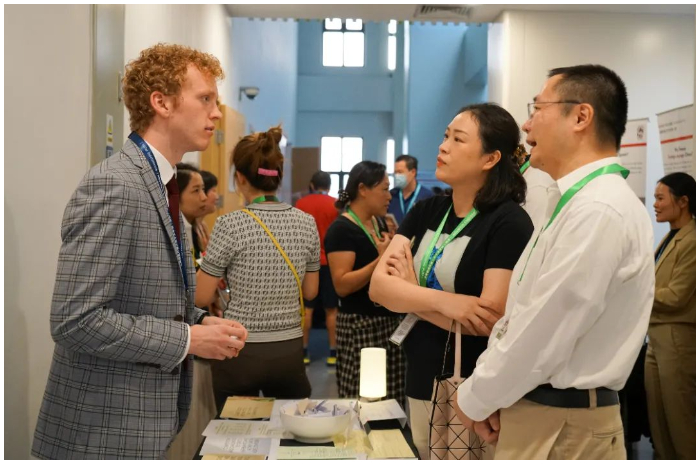
Parent Academy Workshops
————
Involving parents in student wellbeing can lead to greater outcomes and benefits for children, by creating linkages between the home and school settings. While our school supports it’s students with their social and emotional wellbeing through PSHE and Wellbeing lessons, assemblies and concrete relationships with teachers and mentors, it is important parents understand their role and how they can support their child’s wellbeing at home.
Through analysis of trends, as well as feedback from children, staff and parents, we have developed a Parent Academy. Parent Academy is a series of workshops based on areas that have an impact on wellbeing, such as: behaviour, social and emotional mental health, e-safety and time management. The aim of these sessions is for parents to be informed about how they can support their child with their wellbeing, in what can be difficult areas to manage. Specialists are on hand in the sessions to give advice and resources to support you and your child. Parent Academy workshops are on campus, and a key opportunity to collaborate and engage with College. There are workshops for each cohort, Early Years, Primary School and Senior School, to enable facilitators to personalise the workshops to the needs of parents with children in specific age groups.
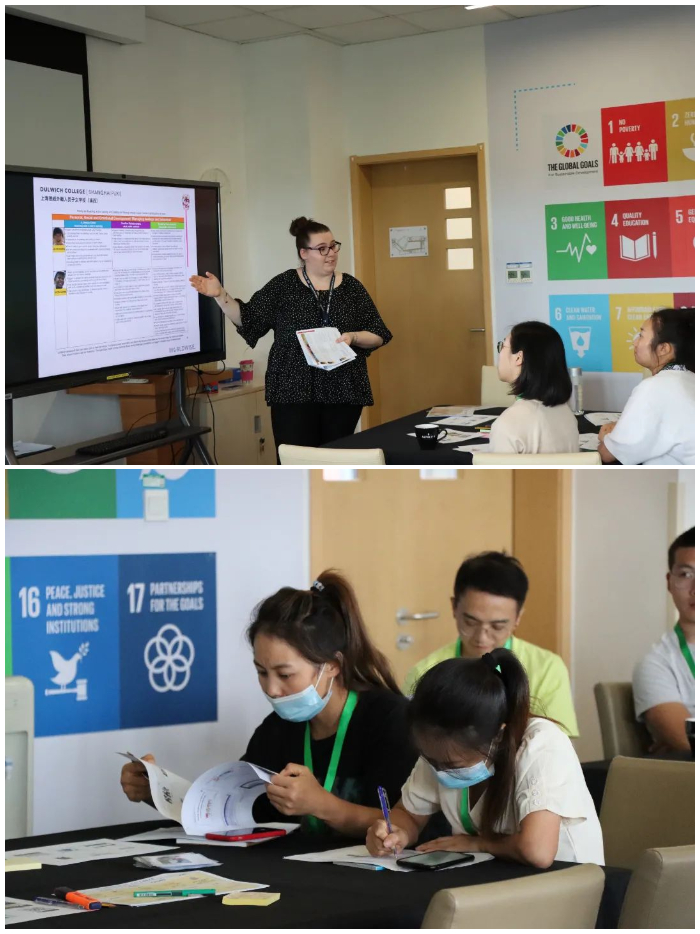
Conclusion
————
Parent-school collaboration fosters growth and success, and enables young people to become resilient and robust citizens of the world. In the same way we keep our bodies healthy to prevent physical ailments, we must encourage students to keep their minds healthy to give them the best chance of success in a demanding, exciting, developing world. Ultimately “we cannot predict the outcome of human development. All you can do is, like a farmer, create the conditions under which it will flourish” (Robinson in Azzam, 2009).
We look forward to seeing more parents at our upcoming Parent Academy sessions, where they will have an opportunity to learn more from Ms Dennis and our other specialists and professional educators.
References
Bull, A., Brooking, K., & Campbell, R. (2008) Successful home-school partnerships. Ministry of Education, New Zealand.
Education Review Office. (2008) Partners in Learning: Schools' Engagement with Parents, Whanau and Communities. Wellington, NZ: Education Review Office.
Goodall, J., & Vorhaus, J. (2011). Review of best practice in parental engagement. Research Report DFE-RR156. Department for Education: London
Tirri K. (2011) Holistic school pedagogy and values: Finnish teachers’ and students’ perspectives. International Journal of Educational Research.
Ricci C, Pritscher C. (2015) Holistic Pedagogy: The Self and Quality Willed Learning. New York: Springer, pp. 226.
Azzam, A., (2009). Why Creativity Now? A Conversation with Sr Ken Robinson. Teaching for the 21st Century, vol. 67(1), pp.22-26.
Bostani, M., et al, (2014). ‘A Study of the Relation between Mental health and Academic Performance of Students of the Islamic Azad University Ahvaz Branch’, Procedia - Social and Behavioral Sciences, vol 116, pp. 163 – 165.
Fredrikson, K., & Rhodes, J., (2004). ‘The role of teacher relationships in the lives of students’, New Directions for Youth Development,vol. 103, Fall Issue, pp. 45-52.
Lauricella, S., and MacAskill, S., (2015). ‘Exploring the Potential Benefits of Holistic Education: A Formative Analysis’, Other Education: The Journal of Education Alternatives, vol. 4 (2), pp. 54-78
Layard, R. And Dunn, J. (2009) A Good Childhood: Searching for values in a competitive age. London: The Children’s Society
Rees, G., Bradshaw, J., Goswami, H., Keung, A. (2009) Understanding Children’s Well-Being: A national survey of young people’s well-being. London, The Children’s Society
Statham, J and Chase, E. (2010) Child Wellbeing – A brief overview. Loughborough: Child Wellbeing Research Centre.
de Braal B. (2010) The good childhood inquiry: health and well-being issues. J Fam Health Care, vol. 20 (4), pp.132-4.
Levinthal de Oliveira, C and Kuusisto, E. (2019) Parental Engagement in Children’s Learning: A Holistic Approach to Teacher-Parents’ Partnerships, Pedagogy in Basic and Higher Education - Current Developments and Challenges. University of Helsinki, vol. 1, pp. 399-410.
Maslow, A. (1943) A Theory of Human Motivation. Psychological Review, vol. 50 (4), pp.370-396.
Department of Education. Employment and Workplace Relations for the Council of Australian Governments. (2009) Belonging, Being and Becoming: Educators’ guide to the Early Years Learning Framework for Australia. Canberra, Australian Government.
Mashford-Scott, A., Church, A., and Tayler, C. (2012) ‘Seeking children’s perspectives on their wellbeing in early childhood settings. International Journal of Early Childhood, vol 44 (3), pp.231-247.





